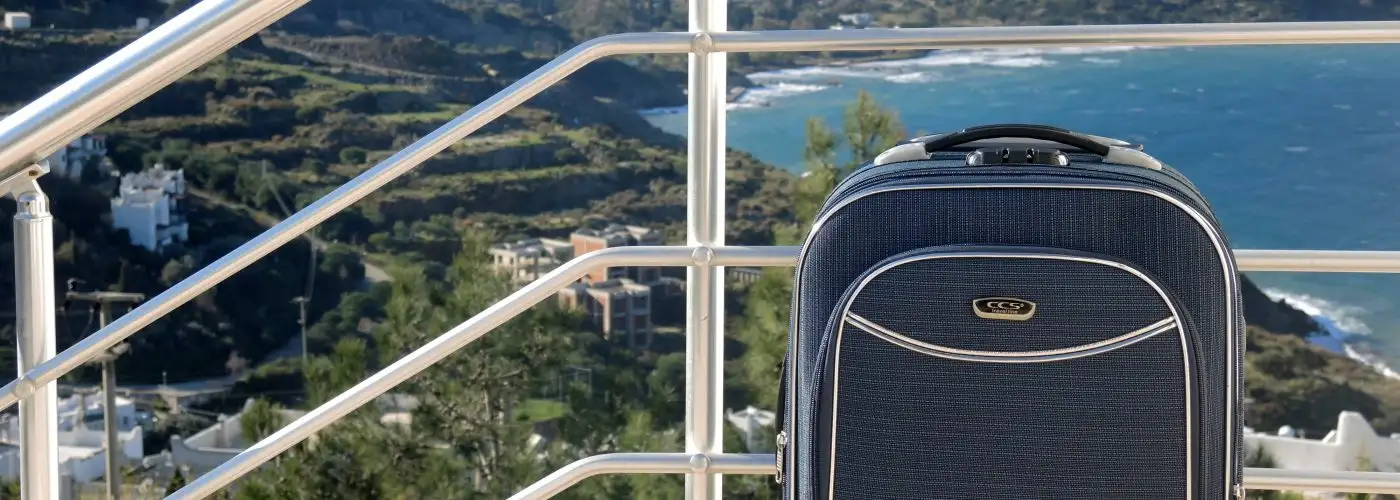Nothing undermines a well-planned vacation quite like no-show luggage. When your suitcase fails to appear on the baggage carousel, you’re guaranteed a stressful experience filling out baggage-claim forms and futilely waiting. So how can travelers safeguard their stuff? The obvious solutions are to book a nonstop flight or pack everything in a carry-on, but clearly this won’t work for everyone. If you need to check a bag, the following seven strategies will help ensure that your luggage stays on track.
Image Gallery
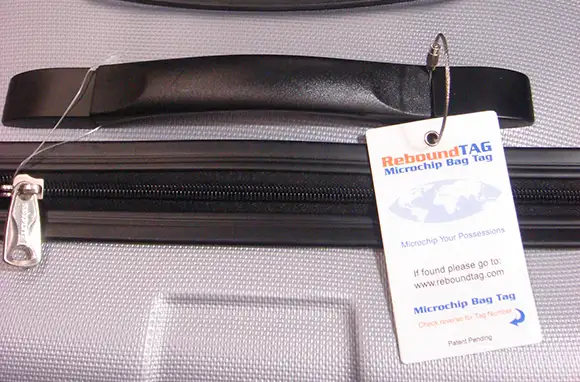
Upgrade Your Luggage Tag
Opt for a smarter luggage tag. Several high-tech brands of tags feature codes or microchips that travelers can use to detect lost bags. Dynotags, for example, contain unique codes with which airline personnel can trace off-track luggage. (Many bags get lost when paper airport tags get ripped off.)

Upgrade Your Luggage Tag
Opt for a smarter luggage tag. Several high-tech brands of tags feature codes or microchips that travelers can use to detect lost bags. Dynotags, for example, contain unique codes with which airline personnel can trace off-track luggage. (Many bags get lost when paper airport tags get ripped off.)
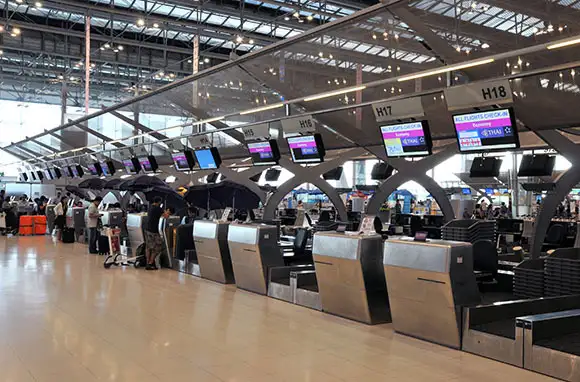
Check In Early
Travelers who check in late—whether they arrived at the airport with only minutes to spare or got held up in a meandering check-in line—are more likely to get separated from their bags. Baggage handlers need time to process luggage and load it onto planes. Many experts say that 30 minutes ahead of departure is the cut-off, but it all depends. In our opinion, the earlier you can check in, the better.
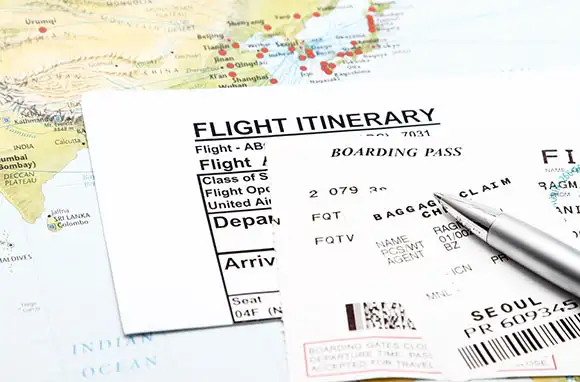
Place Your Itinerary Inside Your Bag
Luggage tags can easily be torn off in the rough-and-tumble handling process, but a copy of your itinerary, placed on top of your belongings inside your bag, will almost certainly stay put. We echo this tip in Don't Make These 10 Common Itinerary Mistakes: "Place a copy of your travel plans along with contact information in a prominent place inside any checked bags; if your bag gets delayed, this will make it easier for airline staff to forward your luggage to you. (Airline staff members sometimes open delayed bags when looking for contact information.)"
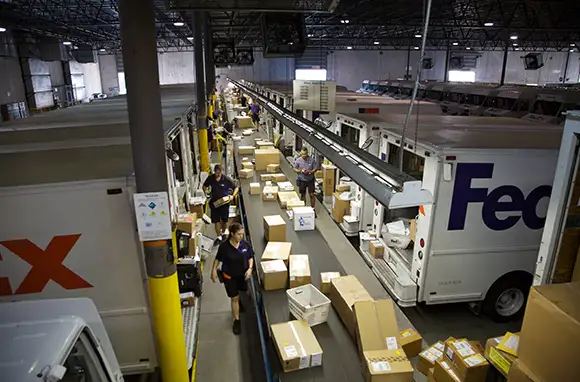
Ship Your Bags Instead of Checking Them
It sounds a little crazy. But it's not. This strategy kills two birds: By shipping your luggage, you diminish the chance that it'll get lost, and you also avoid costly overweight-, oversize-, and checked-bag fees. For example, American Airlines charges $100 for checked bags weighing more than 50 lb. on flights within the U.S. In comparison, UPS charges $66.24 to ship a 55-lb. bag from Los Angeles to Chicago. Sure, it takes longer to arrive. (In this example, the $66.24 fee is for four-day shipping.) But if you plan ahead and ship your belongings to your hotel in advance, you can save money and track your shipment, and you won't have to worry about your suitcase ending up in a warehouse somewhere in the Deep South.
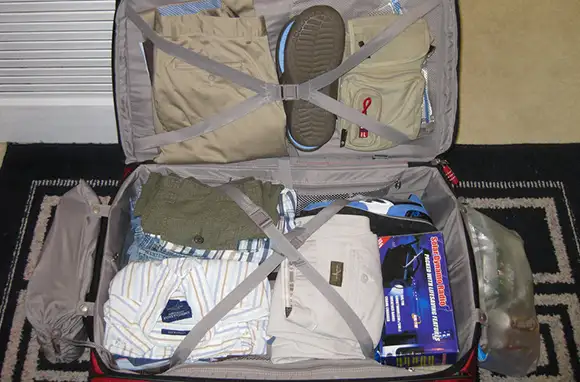
Take Some Photos
If your bag has gone AWOL and you're attempting to get it back, photo evidence will help. Take a picture of the outside of your bag to show the airline staff member who is helping you locate it. It's also wise to take a quick photo of your baggage-claim ticket, in case you lose it. Snap a picture of the inside of your bag as well; this will come in handy in case you need to file an insurance claim for your lost belongings.
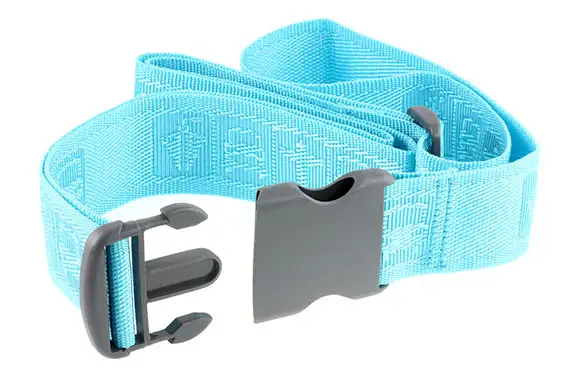
Use A Luggage Strap
Suitcases, unfortunately, sometimes suffer from a case of mistaken identity at the baggage carousel. This is especially likely to happen when half of your plane is traveling with the same slate-gray upright Samsonite. So give your bag a makeover with a colorful luggage strap, some neon duct tape, or whatever your creative little mind can conjure up.
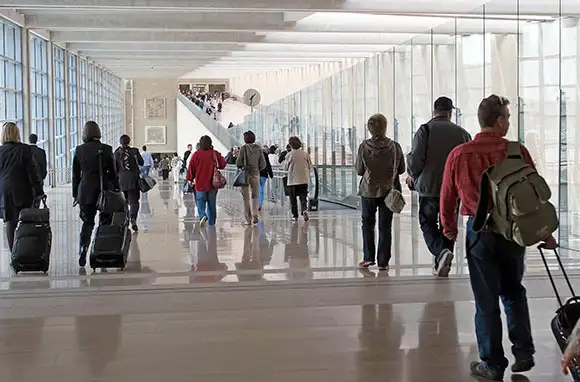
Avoid Short Layovers
Tight layovers increase the likelihood that your bags will go missing. If your flight is late, the window of time for airport staff to transfer your bag from one plane to the next narrows. Pay attention to the length of your layover, especially when booking with an online travel agency (OTA) like Expedia or Orbitz. Often, these sites sell domestic multi-leg itineraries with layovers of less than an hour, which doesn't leave any wiggle room in an industry in which flights are frequently delayed.
If you have an international connecting flight, know that you may have to pick up your checked luggage at the baggage claim, clear customs and airport security, and then recheck your bag, all before boarding. This is also the case if you're arriving in the U.S. from an international destination and then taking a domestic connecting flight. For this reason, it's important to allow plenty of time—two or more hours, ideally—on international layovers. Confused? When checking in, ask airline staff if you'll need to recheck your bag at your connection.
More from SmarterTravel:
We hand-pick everything we recommend and select items through testing and reviews. Some products are sent to us free of charge with no incentive to offer a favorable review. We offer our unbiased opinions and do not accept compensation to review products. All items are in stock and prices are accurate at the time of publication. If you buy something through our links, we may earn a commission.
Related
Top Fares From Columbus, OH
Today's Top Travel Deals
Brought to you by ShermansTravel
Shop and Save with Country Inns...
Patricia Magaña
 Hotel & Lodging Deals
Hotel & Lodging Deals
$229 -- Chicago: Discounted Rates and...
Francesca Miele
 Hotel & Lodging Deals
$229+
Hotel & Lodging Deals
$229+
$188 -- Honolulu: Save on Oceanview...
Abigail Lamay
 Hotel & Lodging Deals
$188+
Hotel & Lodging Deals
$188+
